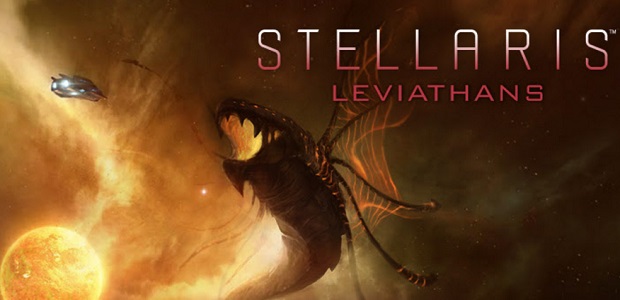
Stellaris: Leviathans DLC
Paradox Interactive
Having come to computer games from the pen and paper RPG as well as board game world, I have a slightly different perspective when it comes to video games. I remember having tabletop gaming sessions that ran all day—me just sitting there in my black trench coat (hey, don’t judge!) even though it was eighty-five degrees outside, sipping on some Mountain Dew, discussing all sorts of things geek-related with my likewise nerdy friends. Later, when I came back from the military, I was all buffed out and so my sickly pale, twig-limbed friends could hardly recognize me. Alas, I’ll always still be a super geek inside. But I digress…
Within the digital realm, I’ve always sought out games that could engender a similar vibe of strong narrative-based storytelling along with its inherent unpredictability factor that was intrinsic to classic pen and paper RPGs. In other words, not only something that unfolded organically, but also both stimulated my imagination and contained what is now referred to as “emergent” storytelling in the digital medium. That is not an easy task, since no computer programs that exist today can come close to replicating the human mind. However, some have come closer than others.
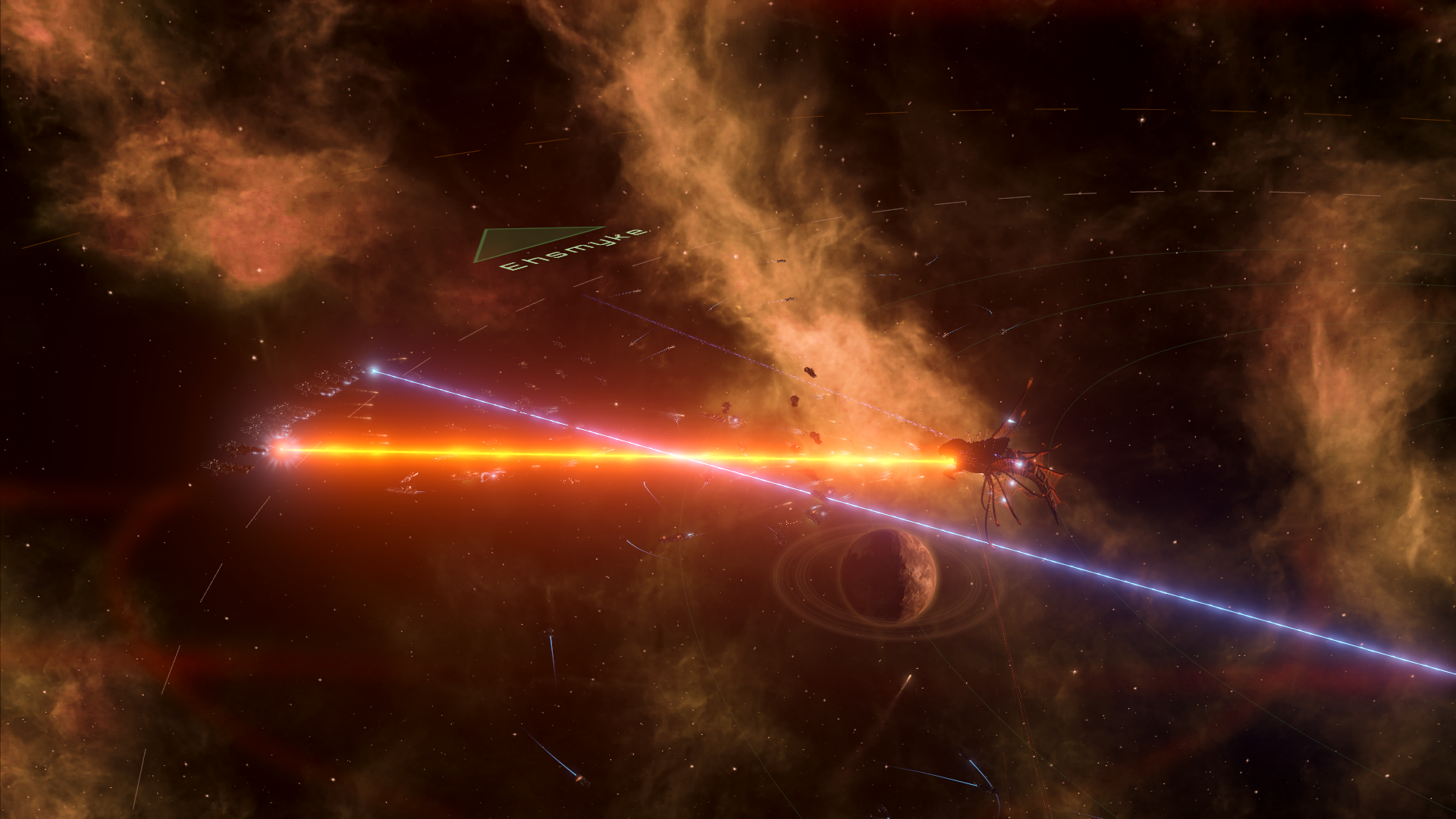
I played the two first Master of Orion games, with MOO 2 sticking out as probably the benchmark to which other science fiction games universally (albeit unofficially) were measured by. Since those hallowed days of yore, no other space empire-building video game, (coined the 4X genre) has quite had the impact that MOO 2 did. Sins of a Solar Empire (and its various expansions) came along in 2008 and offered a unique real time spin on 4X games. Likewise, 2012’s Endless Space included interesting gameplay mechanics as well, such as its card-based combat system. But other than these exceptions, the genre has been rather lacking for the most part.
Then earlier this year, in May to be exact, Paradox Interactive dropped a bombshell on science fiction game lovers everywhere. That game was Stellaris, and it offered a 4X gaming experience like no others before it. I remember booting it up and discovering how much attention to detail the developers put into customizing alien races. When I first started a game, I marveled at how patient it was with exploration.
For the first time in ages, space was fun to explore again, with a science officer you could rename, and who gained experience, offering subtle role-playing elements. For instance, I made my main science officer the daughter of the Grand Inquisitor (I was running an empire of religious zealots) of my burgeoning civilization, and he would get upset that she had chosen such a dangerous path. If had been up to him, he’d have spoiled and doted over her. I know, I know…geeky stuff here.
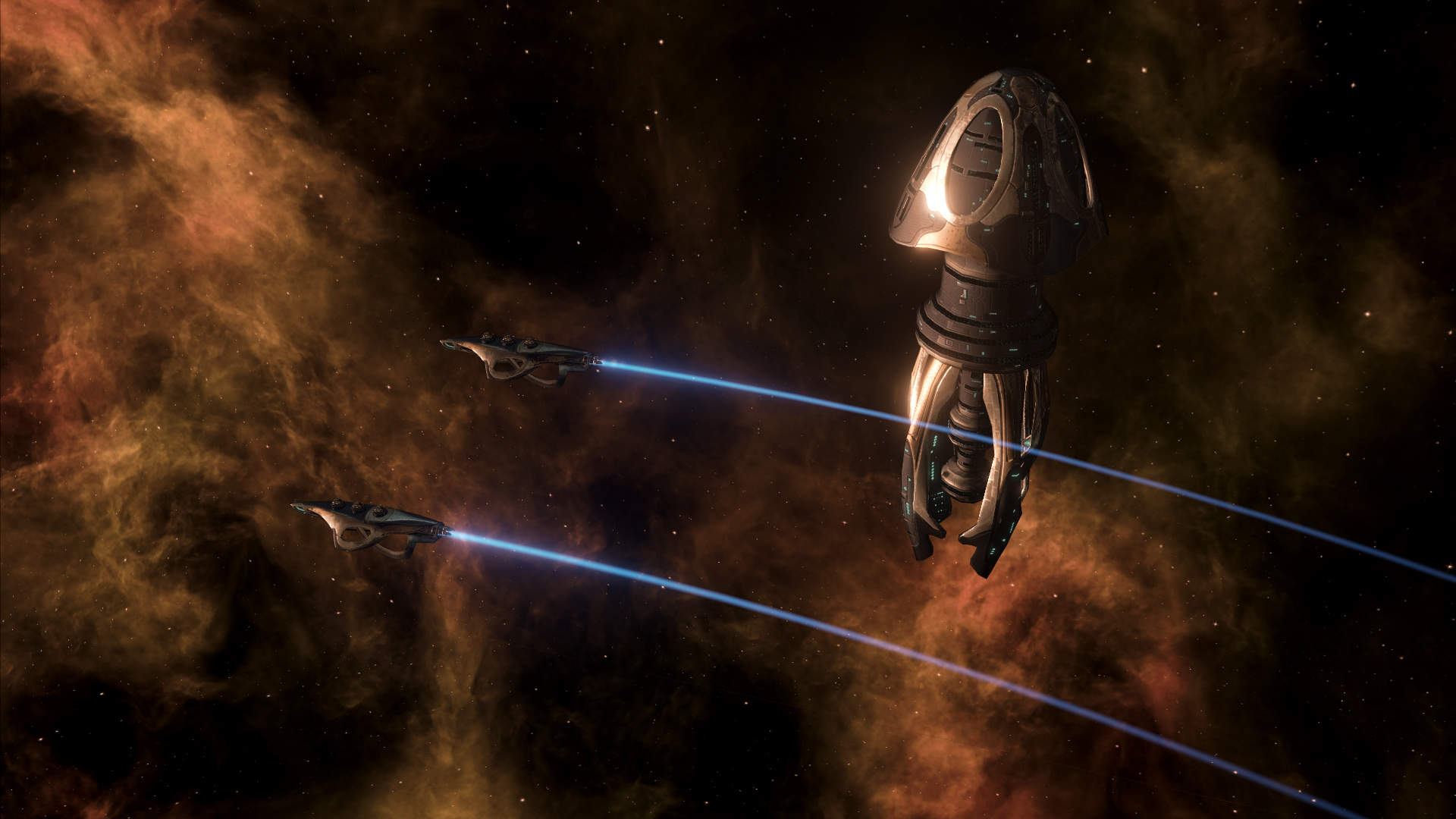
Anyway, although Stellaris was critically acclaimed after its initial release, and rightfully so, there were a couple of things that lessened its overall sense of immersion. One thing was that it lacked was mid to late-game content. The other was that there weren’t enough humanoid portraits. I’m fine with the fact that its alien species look more like a Star Wars cantina scene than the cardboard cutout humanoids of Star Trek, but having nothing but weird amorphous creatures to choose from (besides the sole human portrait) was a little too much.
Paradox’s new story pack, Leviathans, addresses these issues and more. In fact, combined with its massive new Heinlein patch, Stellaris is once again riding a wave of resurgence and popularity, at least amongst the 4X crowd.
A whole new slew of species portraits have been added, including more for mammalians. This is an excellent addition, as it adds more diversity into the mix. The diplomacy system has also been re-worked, replacing the old Alliance system (which was frankly pretty hackneyed) with a much more original and logical Federation mechanic. Within this new system, instead of having to bribe alien races to join your cause, you merely have to research the required technology, and poof, you can make an offer for them to join you. Foreign empires can also gain Association Status by a majority of Federation votes. Association Status simply means that although an empire is not officially in your Federation, they have a non-aggression pact with your federated empires.
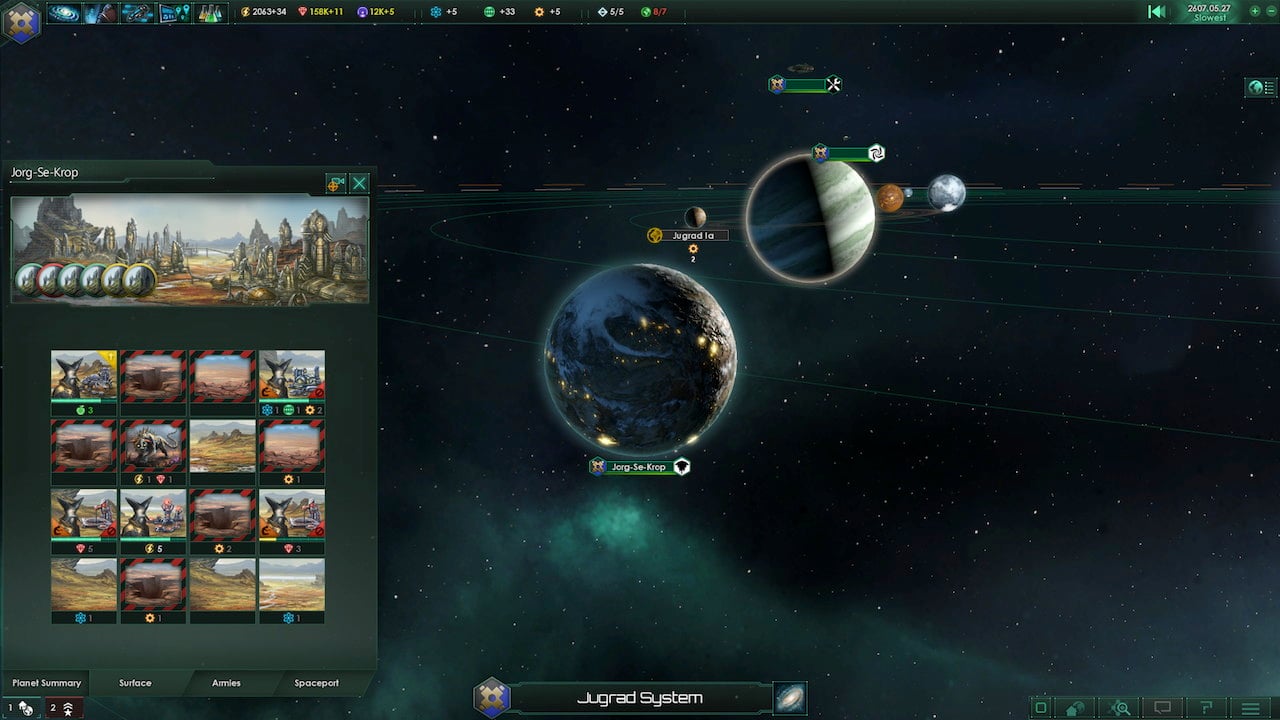
Although the original Stellaris experience left much room for emergent storytelling, many thought that it was just a little too open-ended. Leviathans helps to rectify this by adding in the Wars in Heaven feature. In pre-Leviathan DLC games, you had some uber-powerful AI-controlled species called Fallen Empires. Basically, these would just lie dormant until later in the game. But by then, players would already have some pretty gargantuan fleets with which to annihilate these sleeping giants of outer space.
In Leviathans, the Fallen Empires awaken earlier, and may go to war with each other if two or more of them awaken within the same time period. This offers several strategic possibilities for players. Should you ally yourself with a Fallen Empire and become somewhat of a lapdog to it? Perhaps you should team up with a powerful federation and do your best against one of the Fallen Empires? Or maybe you should just sit on the sidelines and wait for everyone to wear themselves out, while you quietly prepare your empire for the final conflict?
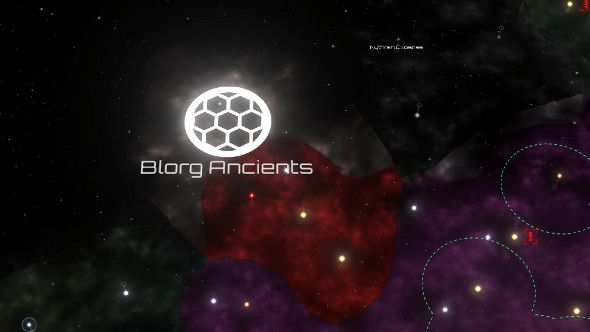
The DLC’s namesake also appear around the midpoint of a typical Stellaris game. The Leviathans are massive space behemoths which are always floating around out there somewhere in space. That is until a player disturbs them. From there on out, things can turn real ugly as these titans of the vacuum can tear through an empire without taking so much as a scratch, if they so choose.
There are also new Enclaves that players can stumble upon. These are ancient alien species that may have fallen from their past prominence, but are still a formidable force. The Enclaves come in three varieties, traders, curators, and artisans, and each can offer its own valuable resources to you, should you gain their favor. Since a player’s empire takes quite some time to build up in a typical Stellaris game (a fact that I appreciate), you probably won’t have anything to offer an Enclave until at least mid-game. However, if you foster and build up favorable relations with one, they can be a real game-changer for an empire.
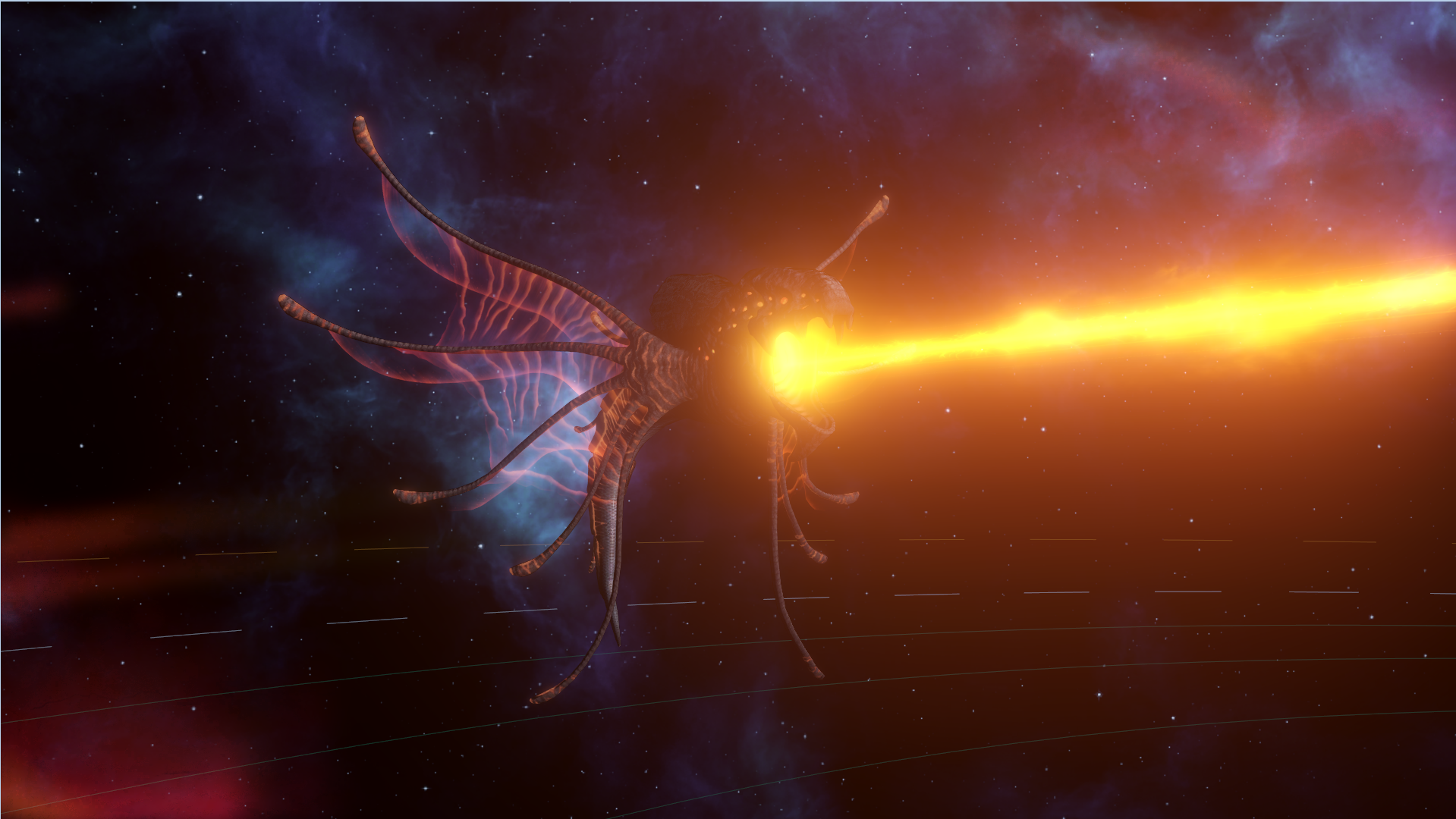
In all, the Leviathans story pack adds a lot of much-needed mid to late content, which should really spice up your games. Now, players can expect different sorts of emergent happenings to transpire, which will shake things up throughout an entire game and give Stellaris a much more of a space opera-y feel. Just don’t piss off a Fallen Empire too soon or your game could come to an end relatively early.
SCORE: 86%
Stellaris: Leviathans DLC continues the main game’s adherence to beautiful, cutting edge visuals that perfectly match its space opera subject matter. However, you have to have an equally fast gaming PC in order to play it at a decent framerate. So, you may just want to invest in a decent gaming rig:
Visit CyberpowerPC’s website to check out all of the other great deals as well!
